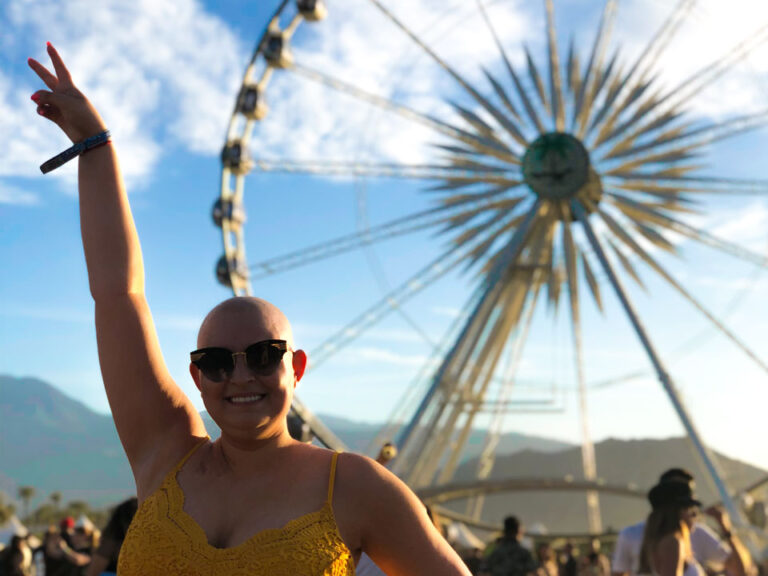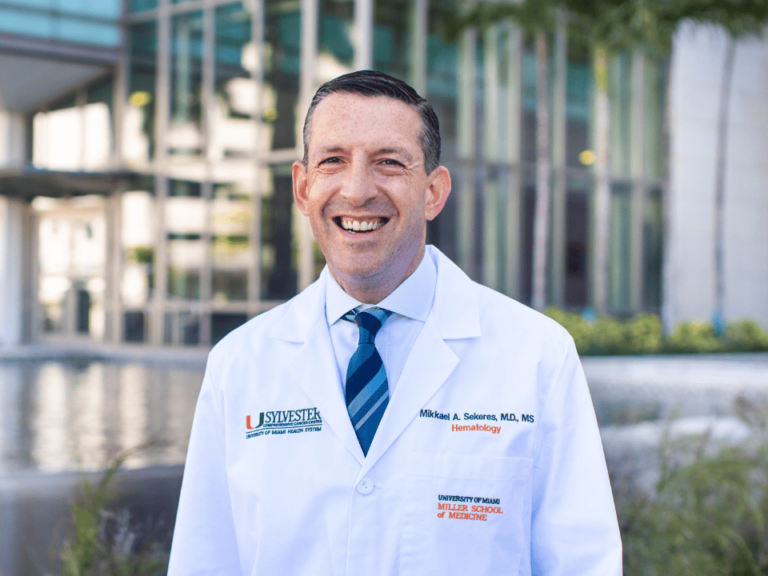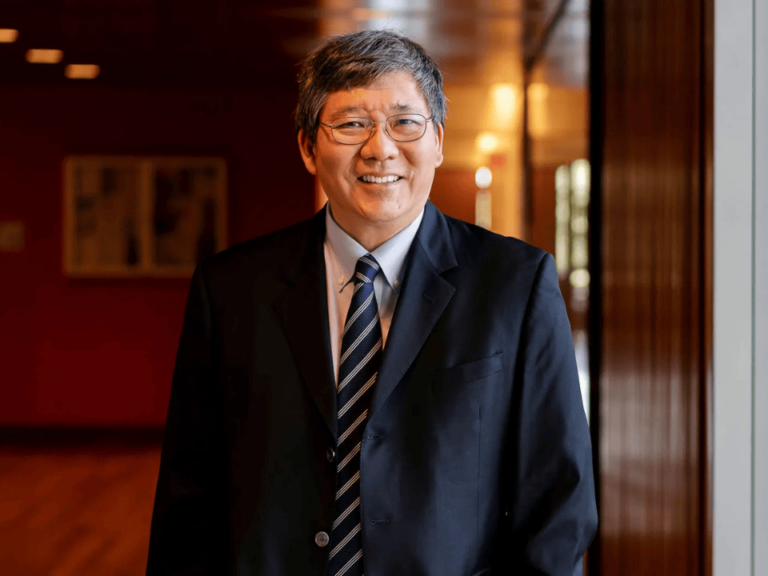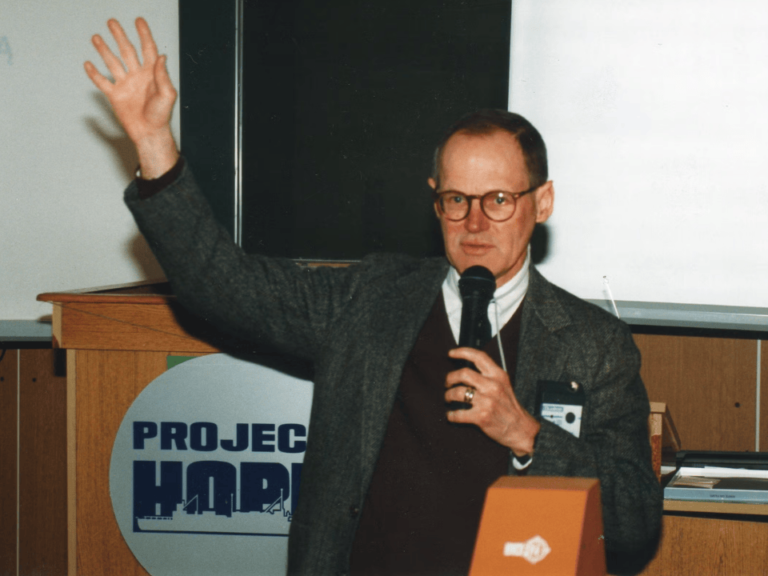FDA has approved a tumor-treating fields device in combination with pemetrexed plus platinum-based chemotherapy for the first-line treatment of unresectable, locally advanced, or metastatic malignant pleural mesothelioma.
The device, the NovoTTF-100L System (Novocure), is the first treatment for MPM approved by the FDA in 15 years, since pemetrexed was approved in 2004.
TTF therapy uses electric fields to disrupt solid tumor cancer cell division. Previously, FDA approved Optune, another TTF delivery system from Novocure, for the treatment of glioblastoma in 2011.
MPM is a rare but aggressive cancer strongly associated with asbestos exposure. Prior to the new approval, pemetrexed plus cisplatin was the only FDA-approved therapy for patients with unresectable MPM, according to a company statement.
The new device for MPM was approved under the Humanitarian Device Exemption, which was created to encourage innovation in rare diseases.
FDA approval is based on the results of the STELLAR trial, a prospective, single-arm trial of NovoTTF-100L plus chemotherapy first-line in patients with unresectable MPM.
In the trial, 80 unresectable MPM patients treated with TTF plus chemotherapy experienced a median overall survival of 18.2 months. However, Novocure acknowledged “the effectiveness of this device for this use has not been demonstrated.”
Median OS was 21.2 months for patients with epithelioid MPM (n = 53) and 12.1 months for patients with non-epithelioid MPM (n = 21). More than half (62%) of patients were alive at 1 year.
The overall response rate was 40%, all were partial responses. In addition, 57% had stable disease; the remaining 3% of patients had progressive disease. At least one follow-up CT scan was performed in most patients (n = 72).
Median progression-free survival was 7.6 months.
Trial results show NovoTTF-100L can be combined with chemotherapy, as there was no increase in serious systemic adverse events when the two modalities were joined. Mild-to-moderate skin irritation was the most common device-related side effect.











